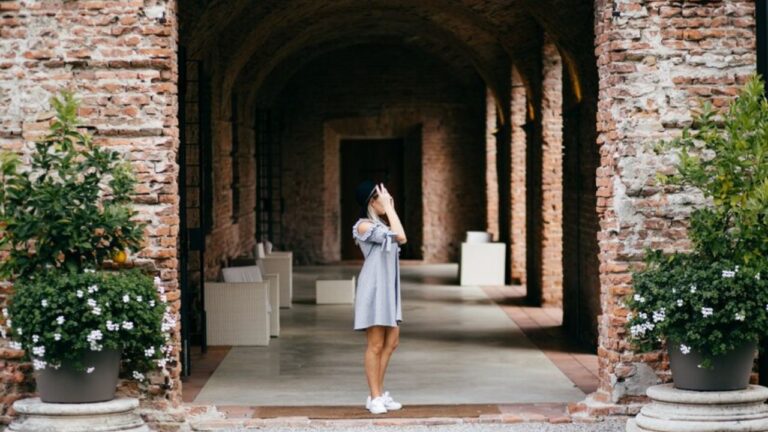Architectural photography is a fascinating and complex field that beautifully captures the essence, design, and magnificence of buildings and structures. Whether you are a professional photographer or an enthusiast, understanding how to photograph architecture can significantly enhance your skills and portfolio.
Why Architectural Photography?
Architectural photography is not just about capturing buildings; it is about storytelling. Each photograph encapsulates the history, culture, and architectural marvel of the structure. It can highlight the intricate details, the grandeur, and the unique features that make each building stand out.
Key Architectural Styles to Photograph
1. Gothic Architecture
Gothic architecture is known for its tall, intricate designs, pointed arches, ribbed vaults, and flying buttresses. Classic examples include the Notre-Dame Cathedral in Paris and the Cologne Cathedral in Germany. Capturing these structures requires a focus on vertical lines and details that emphasize the height and complexity.
2. Renaissance Architecture
Renaissance architecture emphasizes symmetry, proportion, and geometry, inspired by the classical antiquity. Notable buildings include St. Peter’s Basilica in Vatican City and the Florence Cathedral. The use of natural light and wide-angle lenses can help capture the grandeur and symmetry of these structures.
3. Modern Architecture
Modern architecture is characterized by minimalism, clean lines, and the use of glass and steel. Buildings like the Guggenheim Museum in New York and the Sydney Opera House are prime examples. Highlight the simplicity and innovative use of materials by focusing on lines and shapes.
4. Baroque Architecture
Baroque architecture is dramatic, intricate, and grand. Examples include the Palace of Versailles in France and St. Paul’s Cathedral in London. Use lighting and contrast to emphasize the elaborate details and grandiosity.
5. Brutalist Architecture
Brutalism is known for its rugged and raw concrete structures. Buildings like the Boston City Hall and the Barbican Centre in London embody this style. Capture the texture and geometric forms to convey the essence of Brutalism.
Techniques for Capturing Architectural Beauty
Lighting
Lighting is crucial in architectural photography. The golden hour (just after sunrise or before sunset) provides soft, warm light that can enhance the beauty of the building. Use artificial lighting to highlight specific features or create dramatic effects.
Angles and Perspectives
Experiment with different angles and perspectives. A low angle can make a building appear more imposing, while a high angle can offer a unique view of the structure. Capture both wide shots to show the building in its environment and close-ups to highlight details.
Use of Lines
Lines are powerful in architectural photography. Vertical lines can emphasize height, horizontal lines can provide stability, and diagonal lines can add dynamism. Ensure lines are straight to avoid distortion unless intentionally used for effect.
Reflections and Symmetry
Reflections in water, glass, or other reflective surfaces can create stunning images. Symmetry, especially in Renaissance and modern architecture, can be very pleasing to the eye. Use these elements to add depth and interest to your photos.
Post-Processing
Post-processing can enhance your architectural photos. Adjusting the exposure, contrast, and sharpness can bring out details and correct any distortions. However, aim to keep your edits natural and true to the original scene.
Conclusion
Arch pic is an art form that requires patience, creativity, and technical skill. By understanding different architectural styles and employing various techniques, you can create compelling and beautiful images that tell the story of the structures you are photographing.
